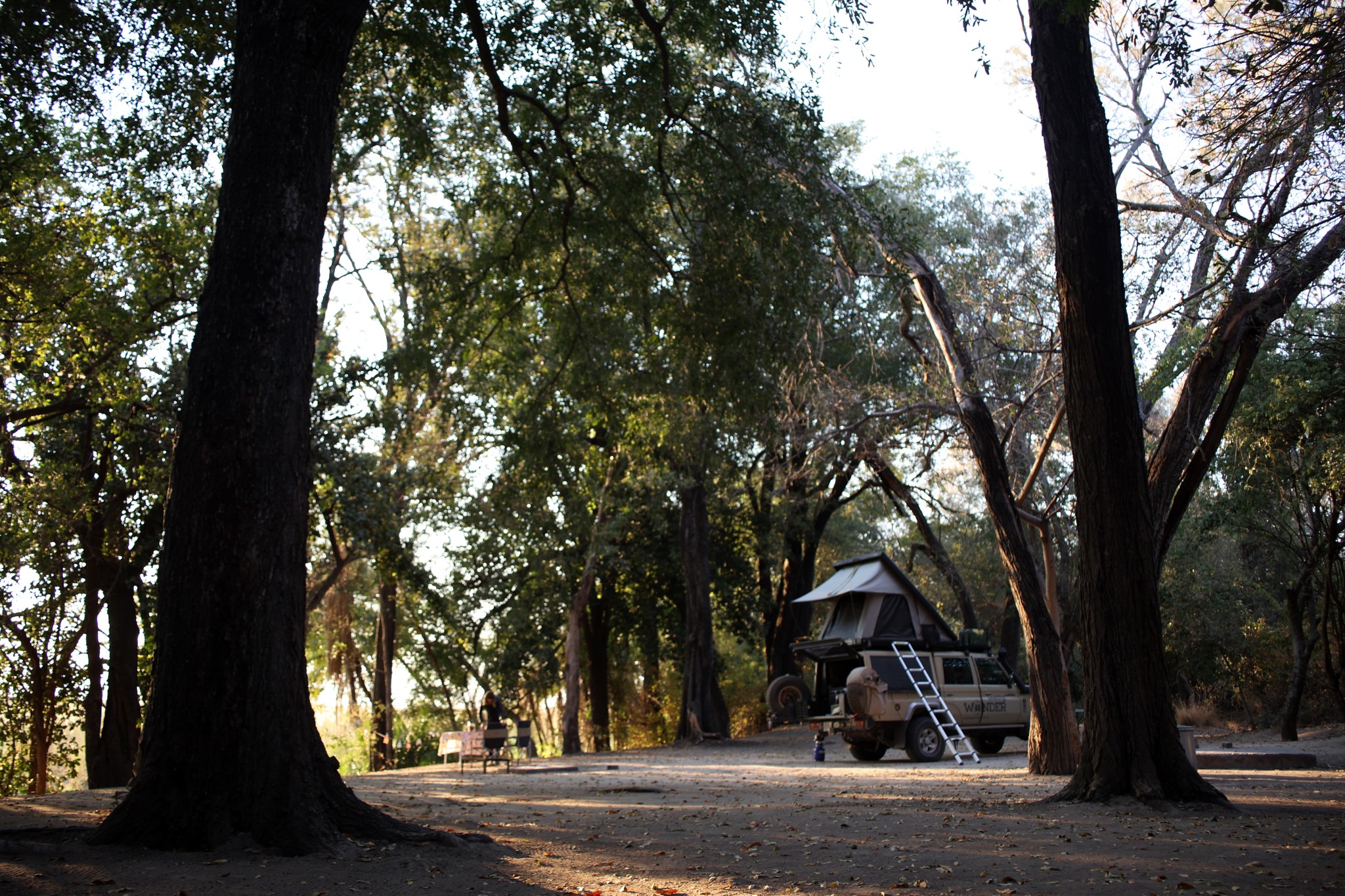‘Wheeeeuuuu!’ The wailing cry of a Pel’s fishing owl is likened to a lost soul in a bottomless pit by the official Roberts birding app. No jokes – look it up. We have heard it before, along with its haunting low-pitched hoots. On none of the previous occasions over the past years did we manage to see this elusive creature of the dark. It had gotten to the point where we had given up and resigned to the fact that the closest we will ever get would be to hear it. It was late at night on the banks of the Okavango River now, and I put down the Wilbur Smith to prick my ears. Yes, there it called again.
We had come to the famed Okavango six days ago. If you are not taking a Cessna to the Delta’s fly-in island lodges where prices end with three or more zeros, the long and mostly-potholed Shakawe road links this area to Maun (you know it’s bad when even folks from Botswana say they have lost a Cruiser rim on it). We first camped at Guma Lagoon to explore the delightful delta. Thereafter, we moved further up and visited Drotsky’s camp to sample the pretty panhandle.
The area will certainly relax the soul of anyone no matter their interests, but we were primarily interested in the feathered and scaled creatures that call this part of Botswana their home. And boy, was our search rewarded! We put together a few ideas that helped us make the most of our time and which might help other adventurers planning to one day visit this uniquely special part of the world.
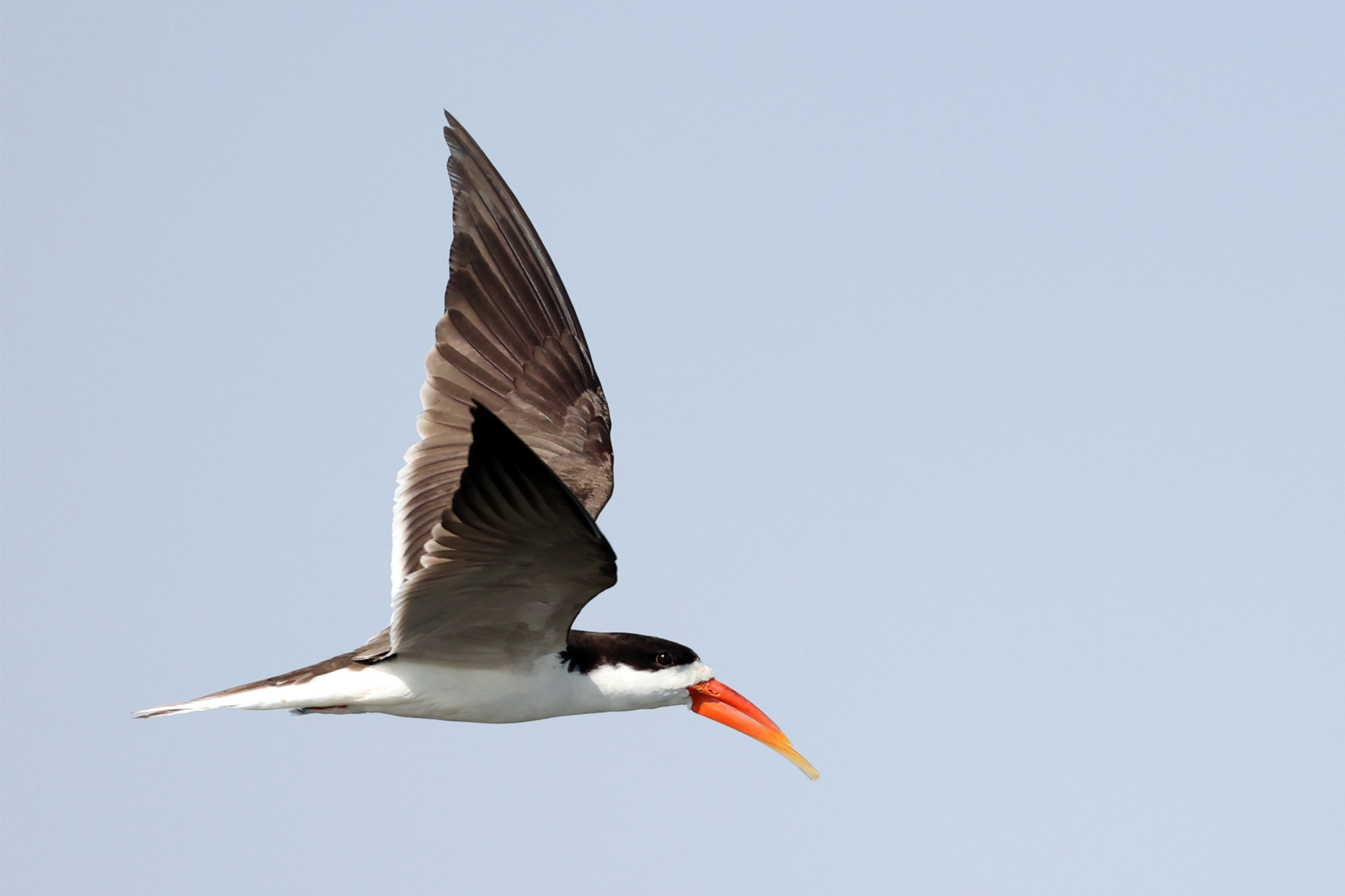
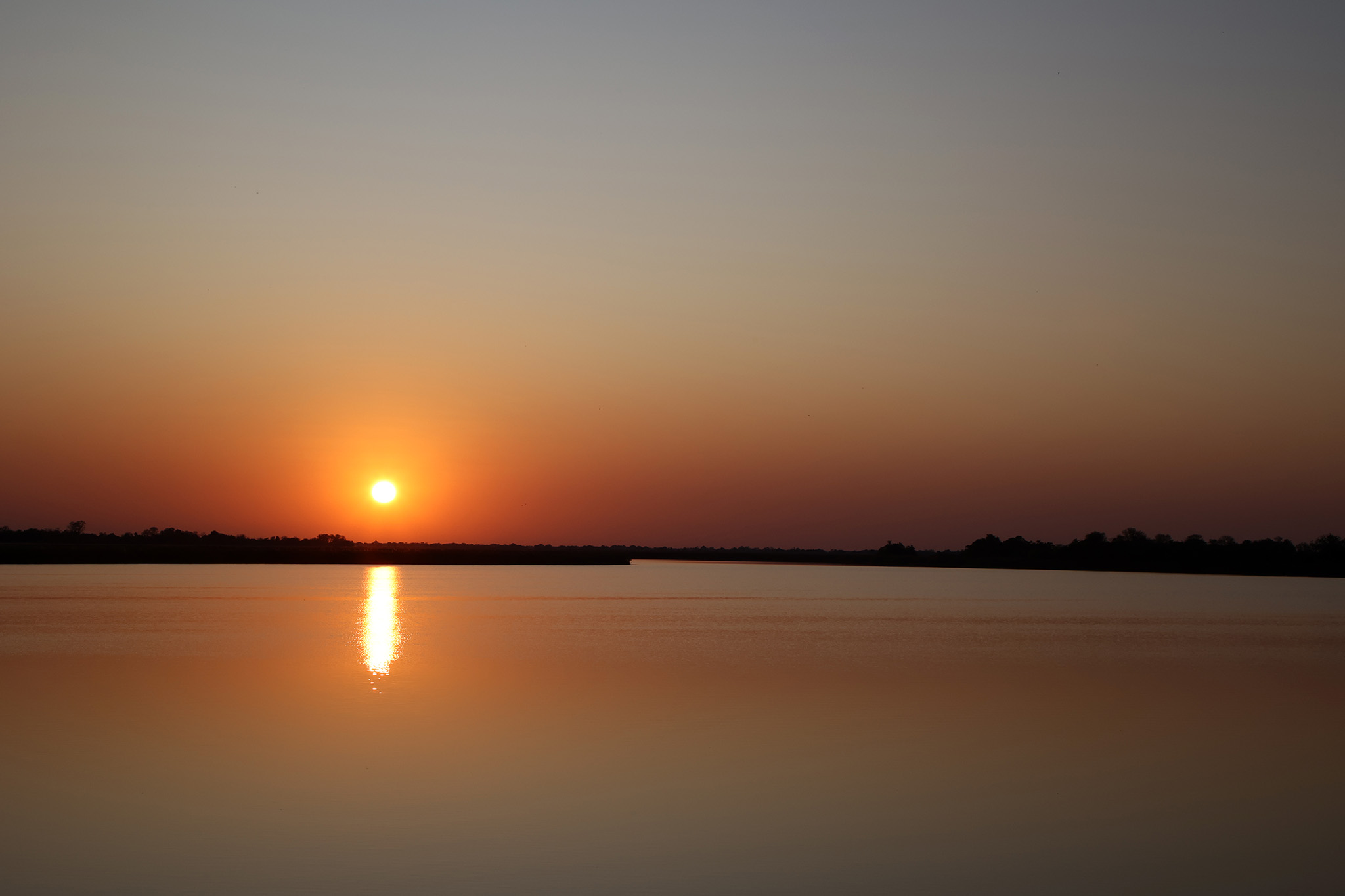
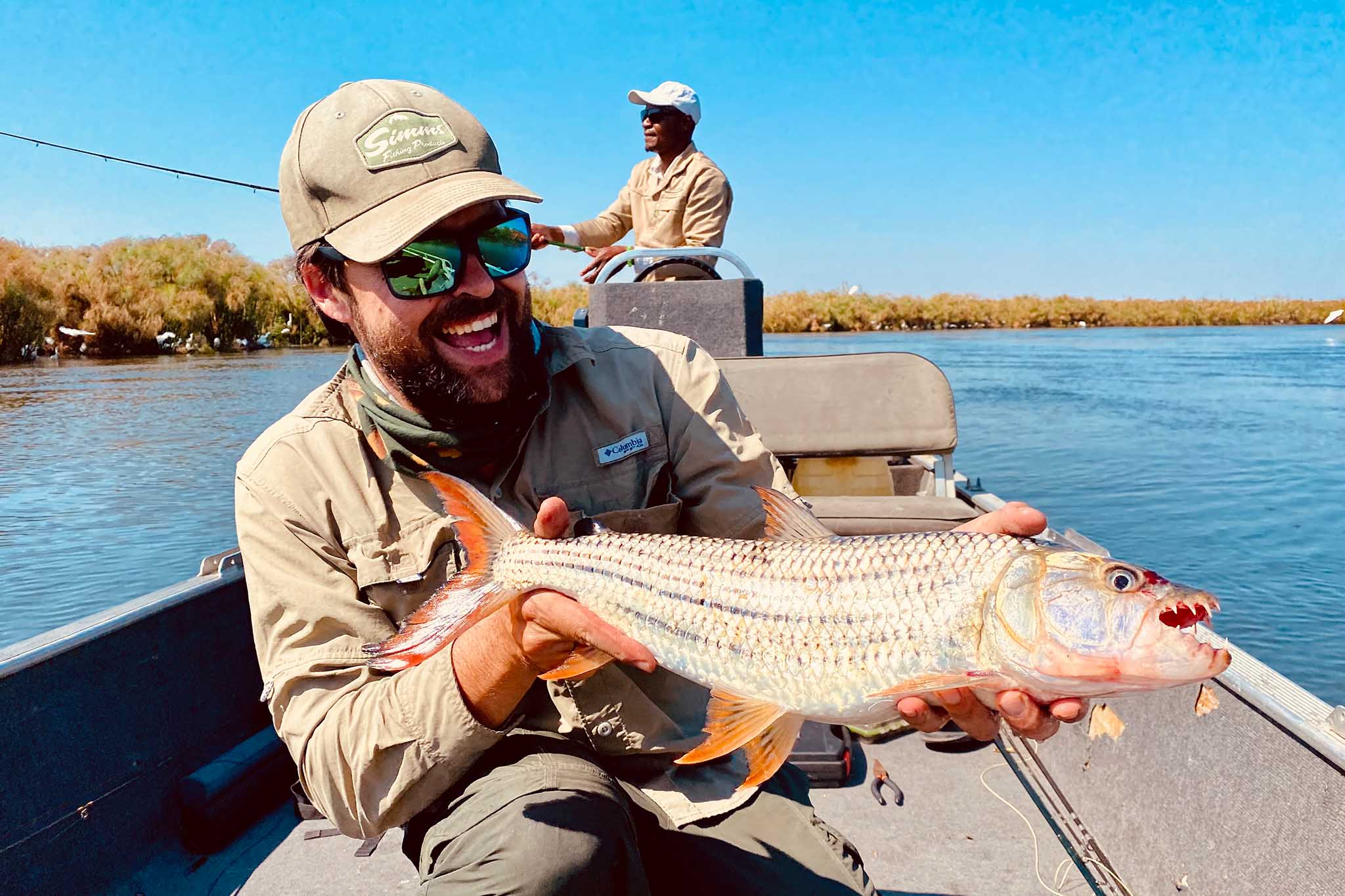
1. Become a part-time twitcher
Simply put, the Okavango is a birder’s paradise with its unique watery habitat and ecosystem. Twitchers from all over the world flock here (see what we did there) to try and see some of the hundreds of bird species the area is known for. We found that reading up beforehand about the birds you might encounter here, typical or special, added significant value to our trip. For example, it enriched our experience to know that this is one of the very few places in the world you might find a lesser jacana, and then actually finding one. Otherwise, we might have seen it simply as a brownish long-toed waterbird and moved on. Know what to look for, and look for it – even if birding is not your main hobby – perhaps you can then appreciate the wonder around you on a deeper level.
We saw an incredible array of birds of all shapes and sizes and added a whole bunch of rare beauties to our lifer list. Pairs of cute pygmy geese kept to the quiet waterways. African and Western marsh harriers scanned the reed beds for lunch. A half-collared kingfisher posed in the morning sunlight. A shy African wood owl perched next to our campsite. Brown firefinches foraged in the midday shade. African skimmers glided over the calm water. Newly-arrived Southern carmine bee-eaters chatted noisily as they gorged themselves on the morning insect hatch.
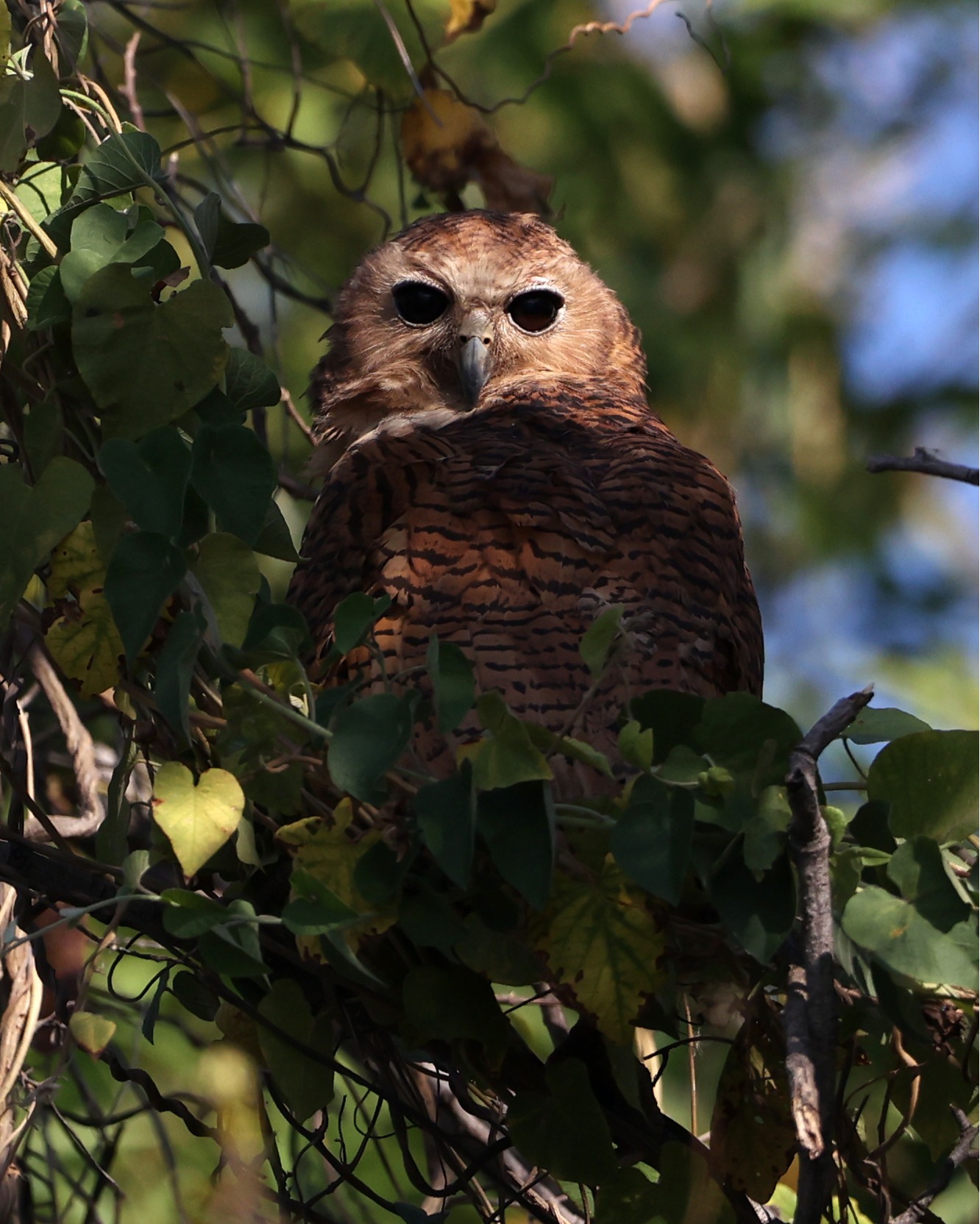
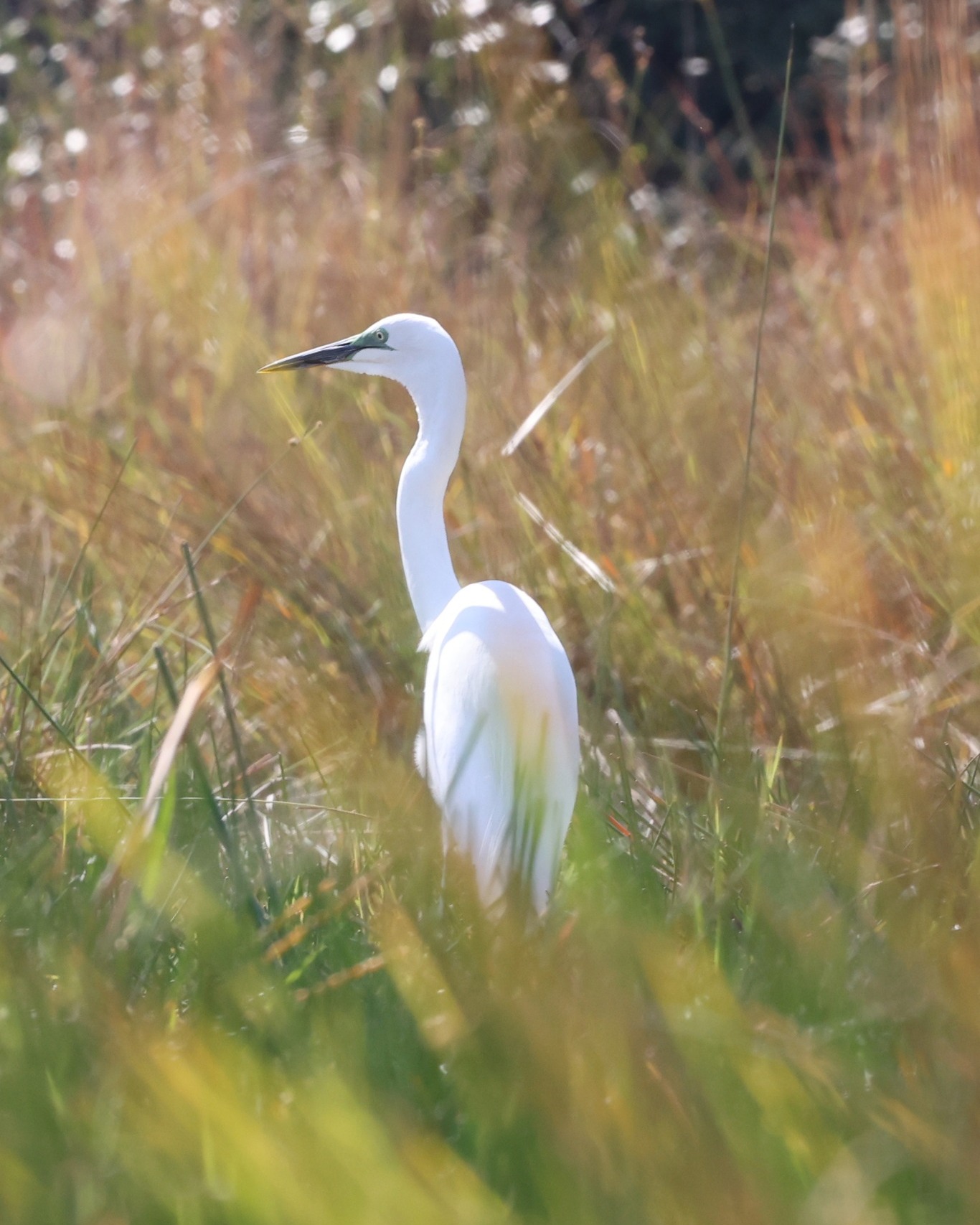
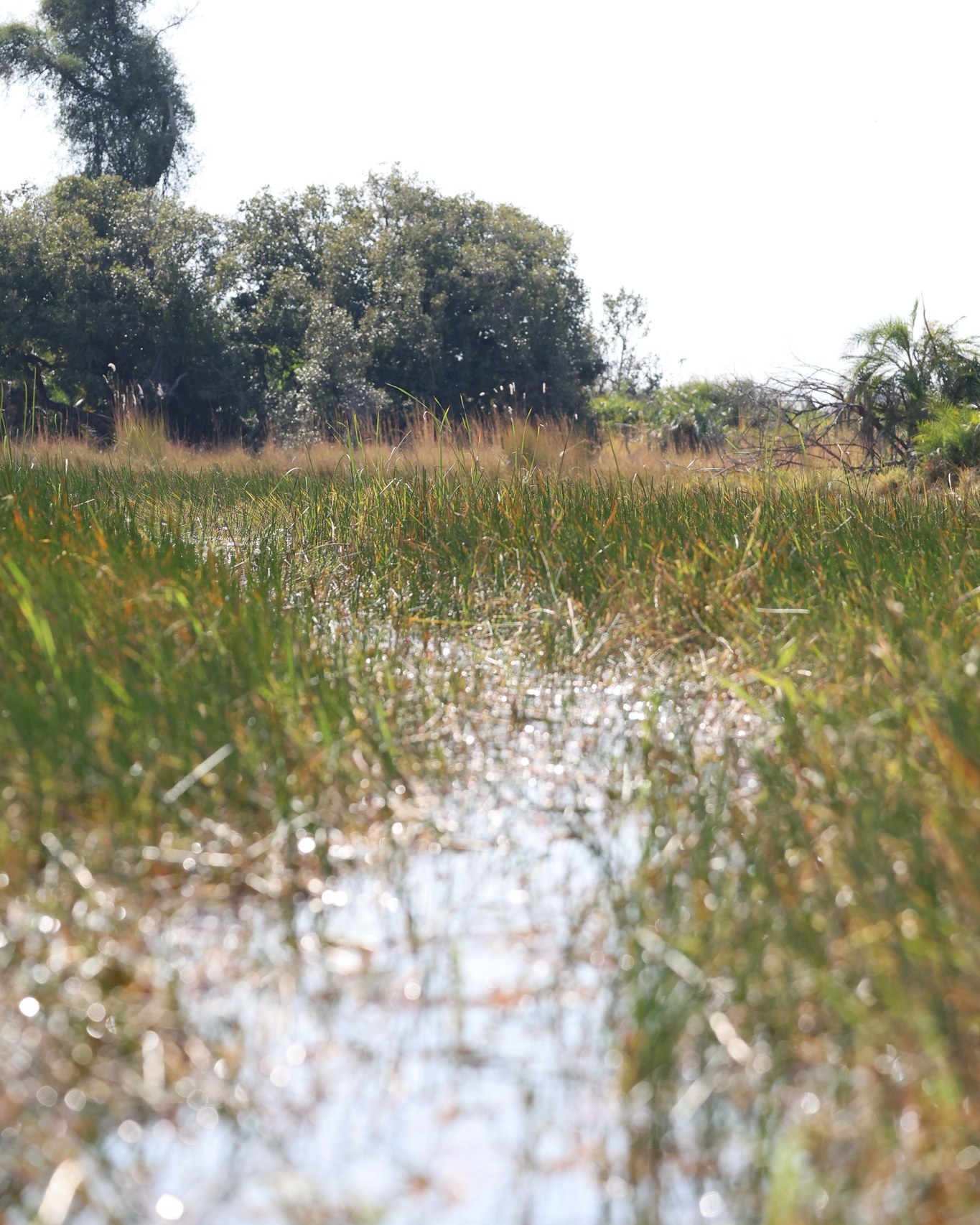
2. Learn to cast a fly
The single most popular drawcard for anglers to this area is the annual barbel run. This is a natural phenomenon which happens as flooding waters recede during the dry season. The security that high water levels offer small baitfish on the floodplains is removed, and they are forced to the main river channel en masse. Thousands of catfish sporadically crash through the papyrus to feed on the baitfish, creating a total feeding frenzy. Hundreds of egrets and herons line the reeded banks, fish eagles circle above like vultures, and in the channels our marauding friend, the tigerfish, patrols for escaping baitfish.
There is good reason why the tigerfish’s scientific name translates to striped water dog. The ferocity and raw power with which it attacks its prey (or your fly) is unbelievable and you better be ready when these dogs suddenly strike. We found that arriving with fly-casting arms trained, array of flies and traces tied, and suitable fly lines spooled gave us the best chance at decent tigers. We were lucky to find some of the earliest runs of the seasons and connected to several feisty water dogs in the 4 – 6 lbs range. Winning tactics were to cast as close as possible to reeds, get a dark and heavy fly down quickly and keep it in the zone – not that easy in a fast current. Fly fishing might not be everyone’s game, but we are convinced that not many things beat a day tackling toothy tigerfish with a fly rod while immersing yourself as part of the pristine Okavango.
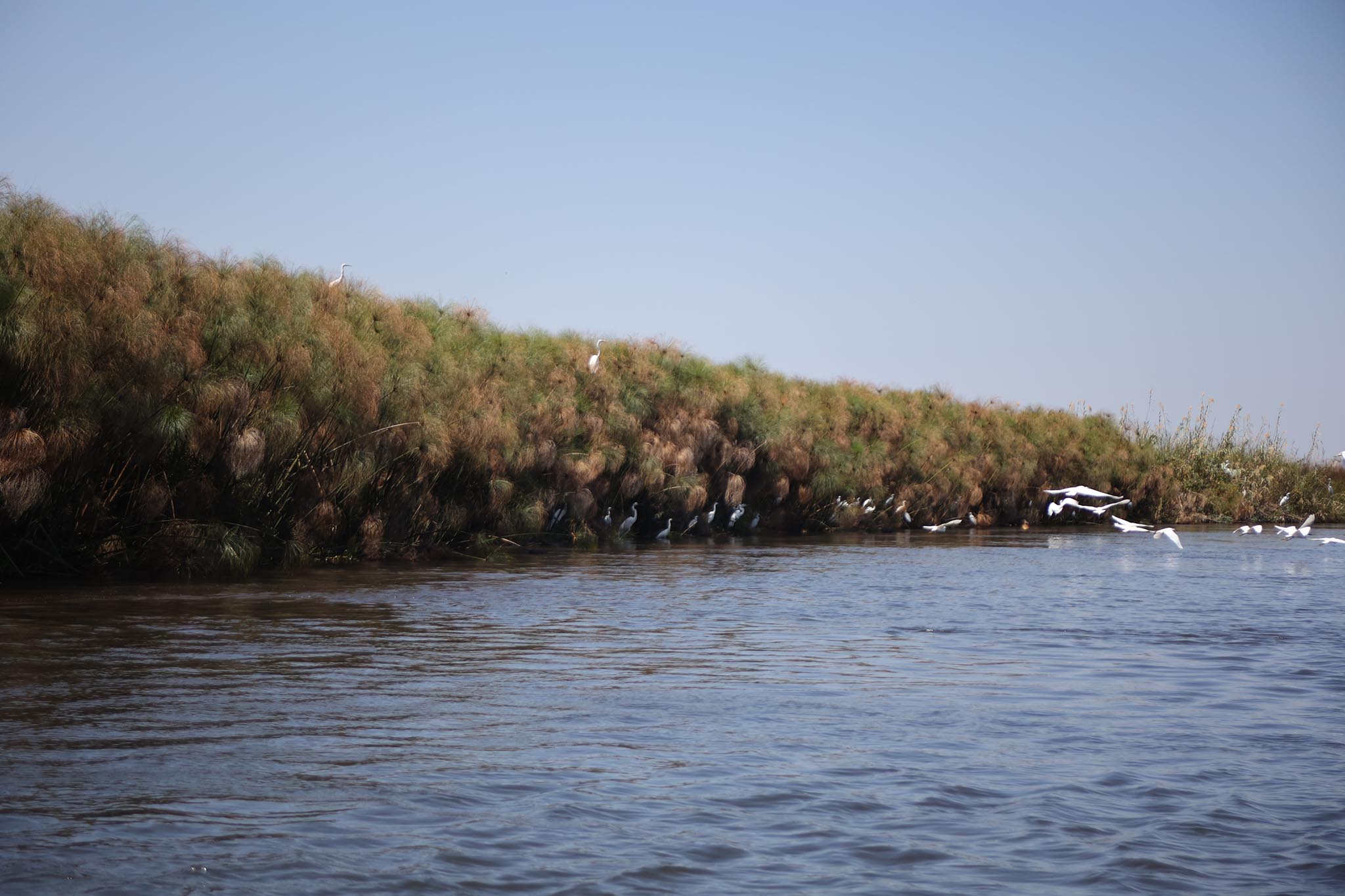
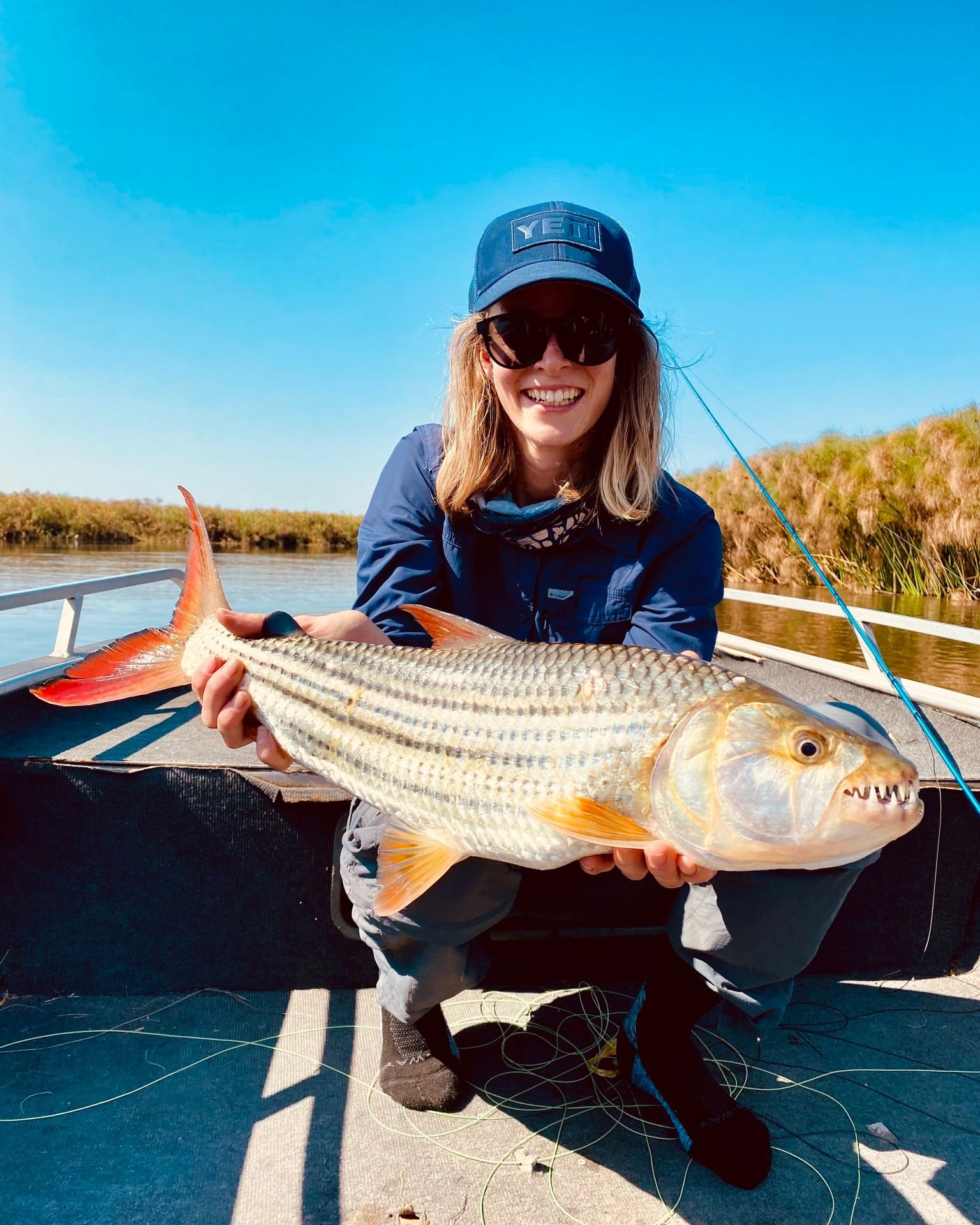
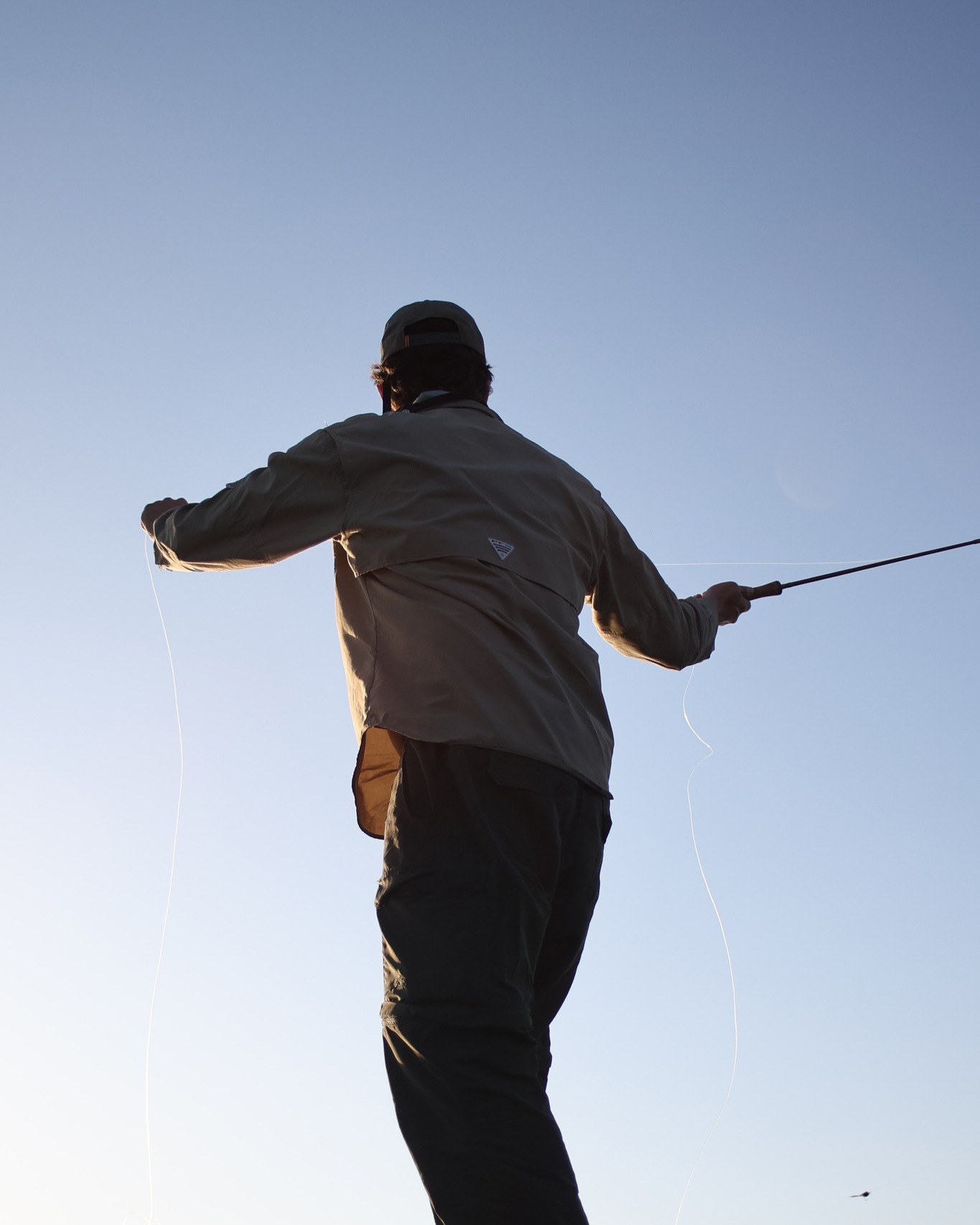

3. Board the HMS Mokoro
Yes, the pictures of tourists being poled around on traditional dug-out mokoro canoes do get splashed on every Botswana holiday brochure. We believe it is justified though – spending a day in one of these is simply amazing! The tranquillity of quietly floating through the papyrus and reeds, watching water birds at eye level, listening to the humming of bees pollenating water lilies and seeing through the crystal-clear waterways to the sandy bottom is an experience that cannot be emulated in any other way. Do yourself an absolute favour and get in a mokoro.
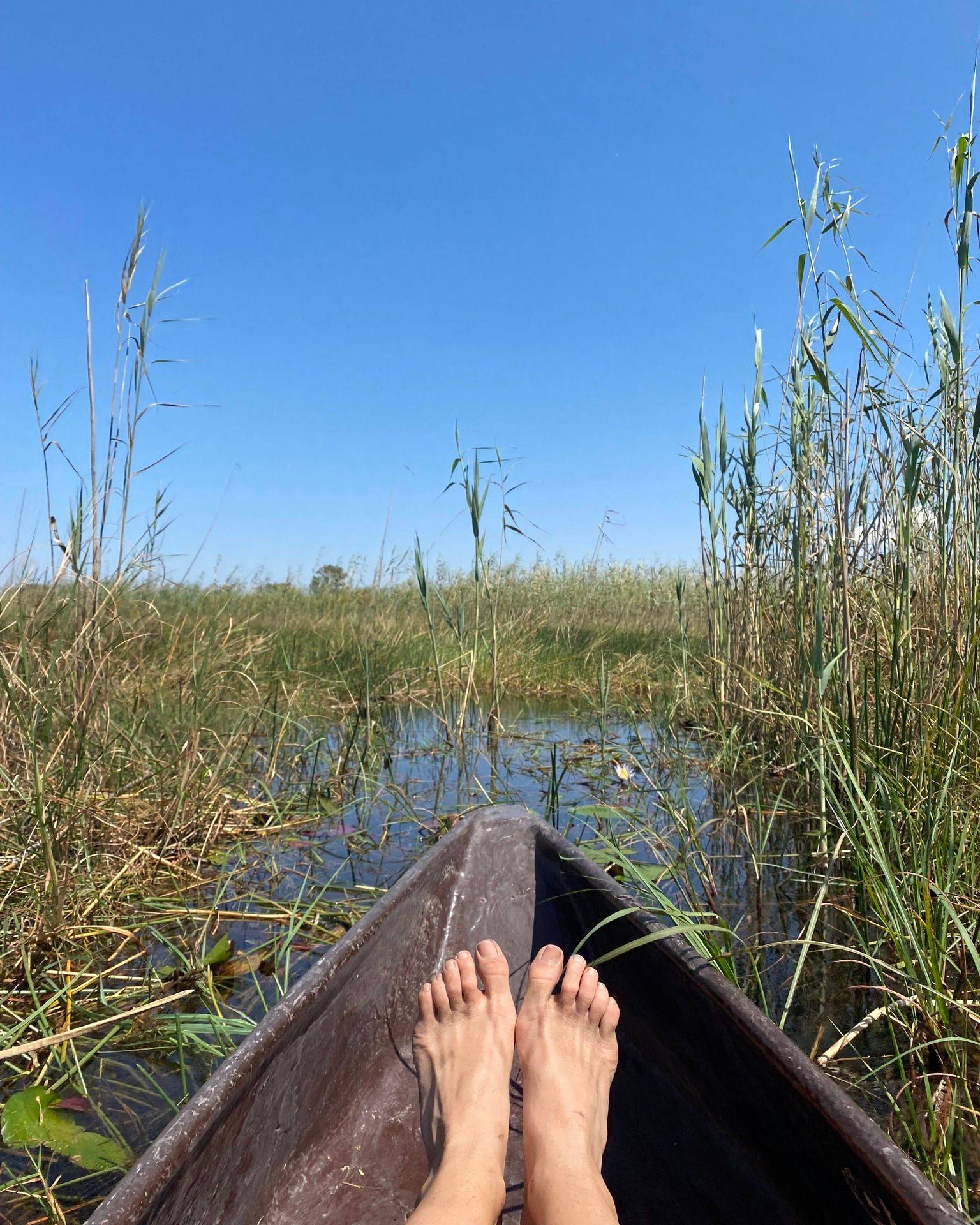

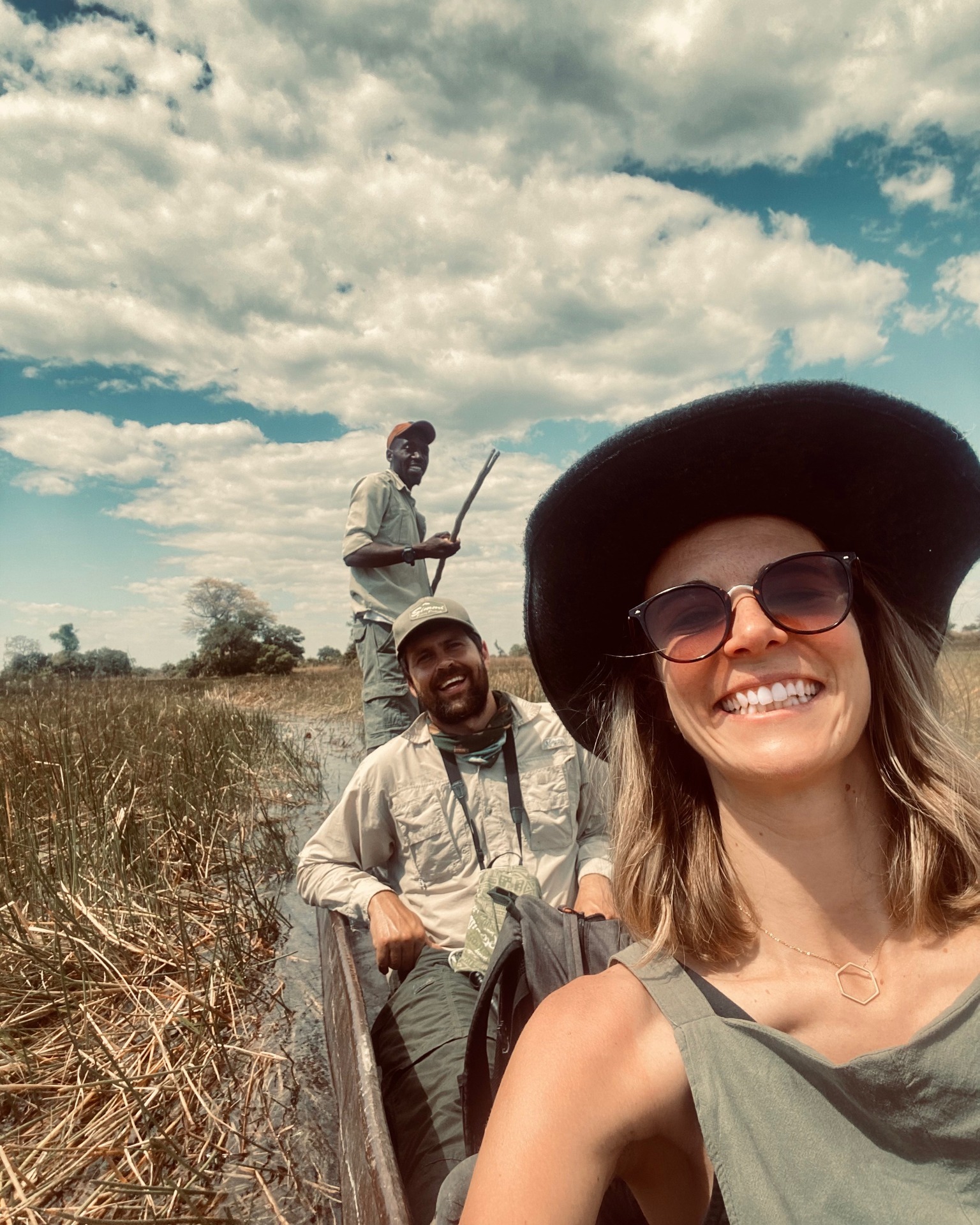
4. Consult the calendar
Depending on what you would like to experience, timing is key for an Okavango visit since the entire ecosystem is sensitive to what happens with the water levels. Subject to yearly fluctuation, in general the barbel run occurs from September to December so go in those times if angling is the priority. Birding is good all year around, but will be even more special in summer months of October to February when intra-African migrant birds are present. We visited late August when temperatures were warm but not intolerable, and both fishing and birding were beginning to heat up properly.
After the Pel’s fishing owl called for a third time at midnight, we fumbled clumsily out of the rooftop tent and sniffed around the campsite in pyjamas, searching every gigantic tree with a flashlight for a long time. It was evident that it had eluded us yet again and I turned back to the car. ‘There – he is looking straight at us!’ Simoné exclaimed. The Okavango River had finally come through! A beautiful mottled Pel’s right above our camp, staring at us with its deep black eyes. The next day we were even lucky enough to see two more near Shakawe.

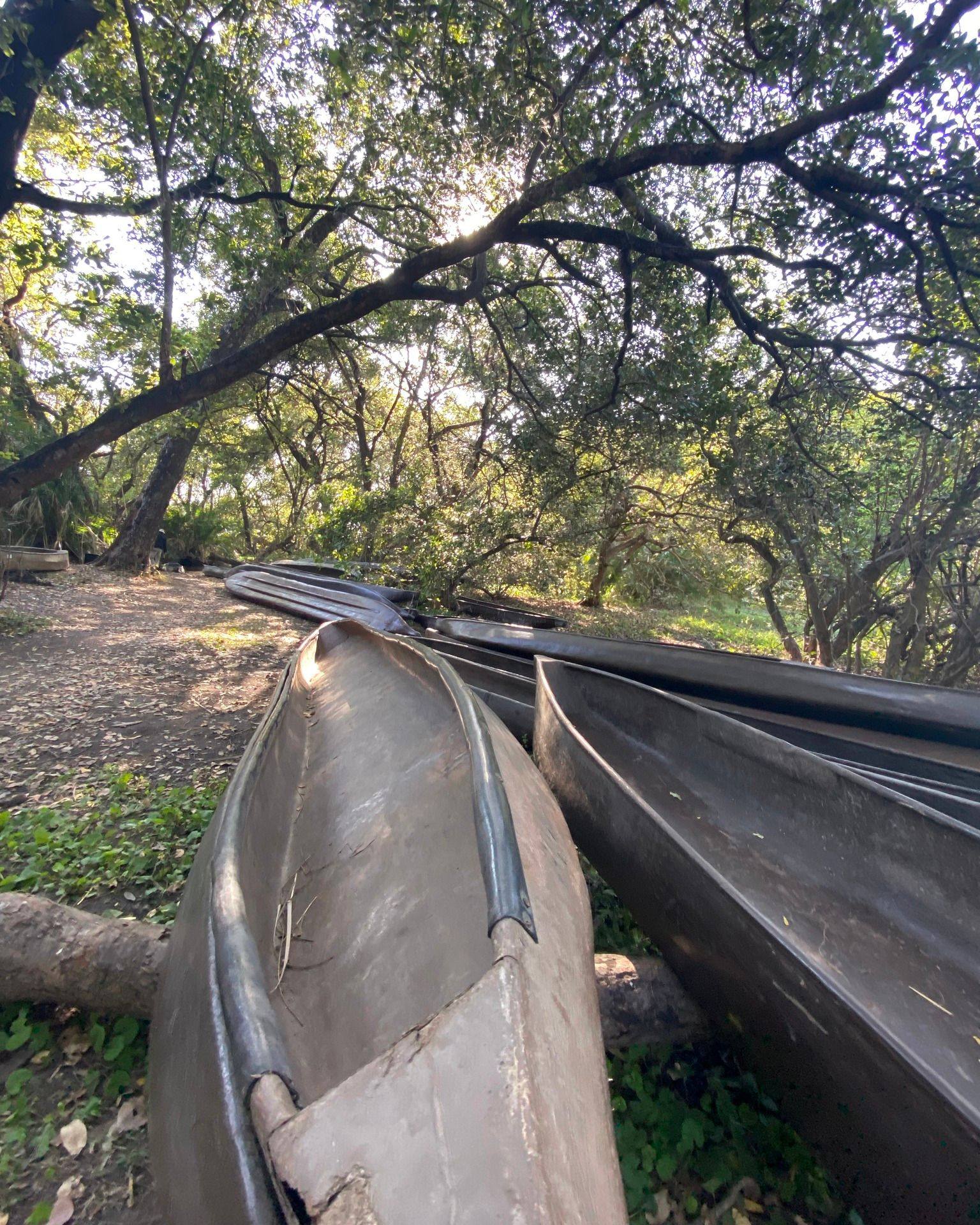
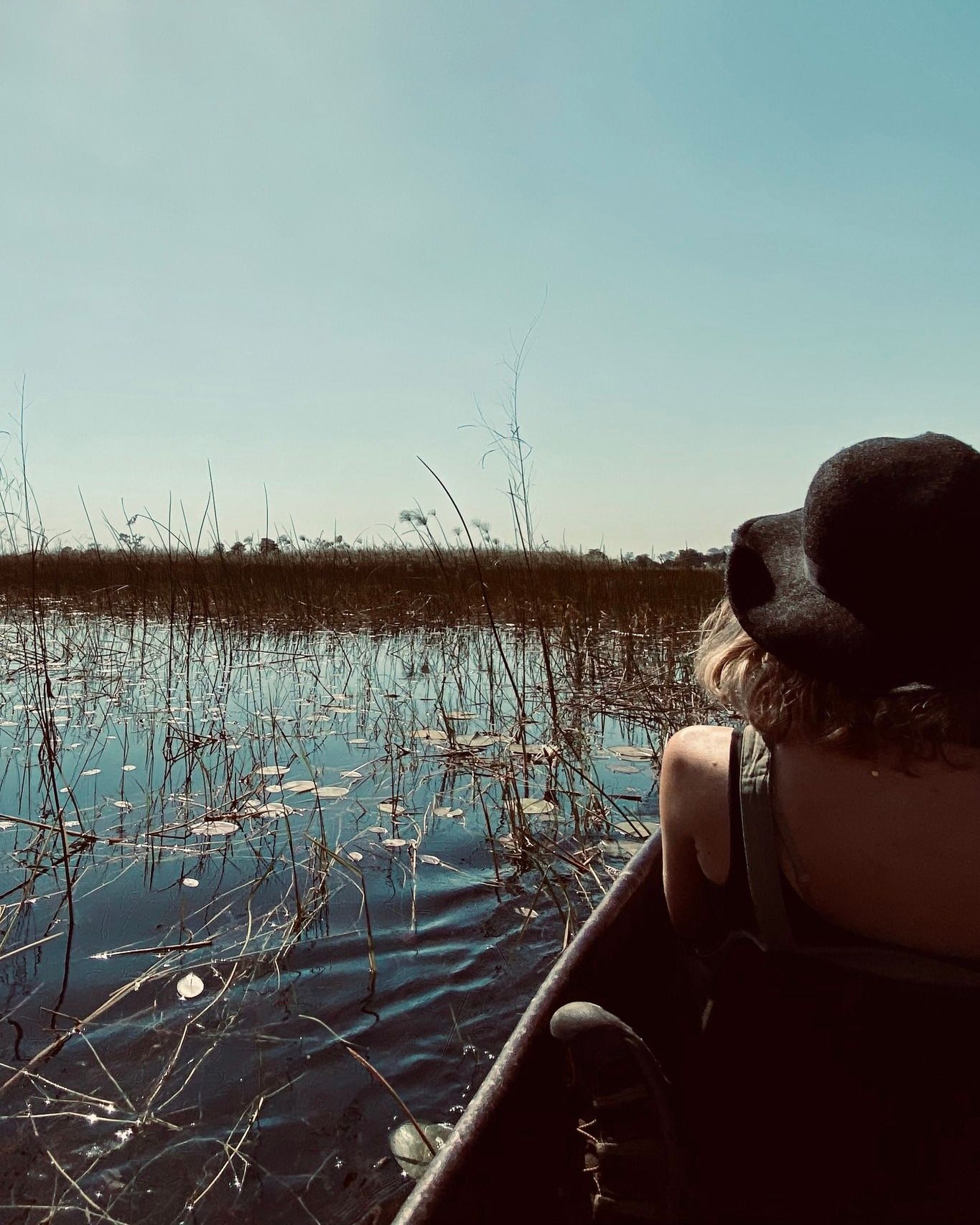
Take the effort to make the journey, a little bit of homework and preparation, and a dash of good old-fashioned luck, and the Okavango will prove to be exactly the grand African spectacle that you have seen on BBC Earth. An absolute mecca not only for birders and anglers, but for anyone who appreciates the wonder and splendour of nature at its raw best.
